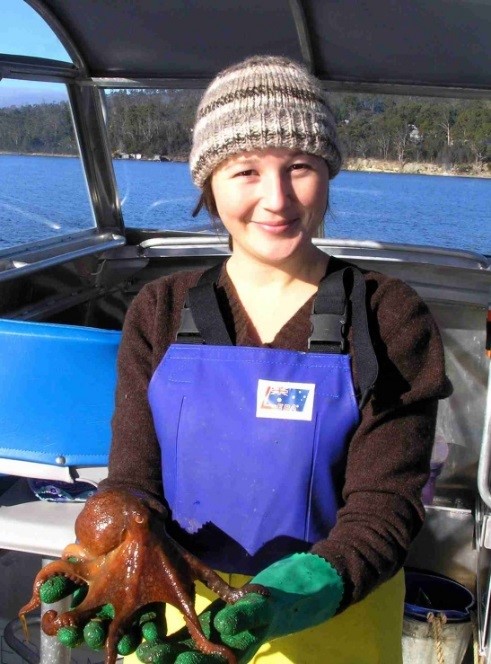
The Tasmanian Octopus Fishery has been operating since 1980. Under the Offshore Constitutional Settlement (OCS) with the Commonwealth of Australia, Tasmania is responsible for the management of the octopus fishery out to 200 nautical miles.
Prior to December 2009 the fishery operated under a permit system. Historically, access to the commercial fishery was provided to holders of a fishing licence (personal), a vessel licence and a scalefish or rock lobster licence via a trip limit of 100 kg. Since December 2009, a specific octopus licence was required to participate in the Bass Strait fishery.
In order to assess the fishery in a manner consistent with the national approach, IMAS adopted the national stock status categories. These categories define the assessed state of the stock in terms of recruitment overfishing. IMAS has assessed the Tasmanian octopus fishery as Sustainable in their latest 2015/16 assessment report, meaning that the fishery stock is at a level sufficient to ensure that, on average, future levels of recruitment are adequate (i.e. not recruitment overfished) and for which fishing pressure is adequately controlled to avoid the stock becoming recruitment overfished.
The fishery, which operates in the Bass Strait using unbaited pots, primarily targets the Pale octopus (Octopus pallidus) but also catches the Maori octopus (Octopus maorum) and the Gloomy octopus (Octopus tetricus). In 2015/16, total landings were 70 t and represented a decline of 17 t from 2014/15.
The reduction in catch and effort was due to the fleet responding to changes in catch rates by shifting fishing grounds as well as one operator reducing effort during the latter half of the season.
An abundant food supply may support a large population of octopus and when combined with a shortage of suitable shelters results in high catch rates.
Catches are a proxy for overall fishing mortality and are currently within historically sustainable levels where depletion of the Pale octopus biomass appears unlikely.
Click here to read the TASMANIAN OCTOPUS FISHERY ASSESSMENT 2015/16.